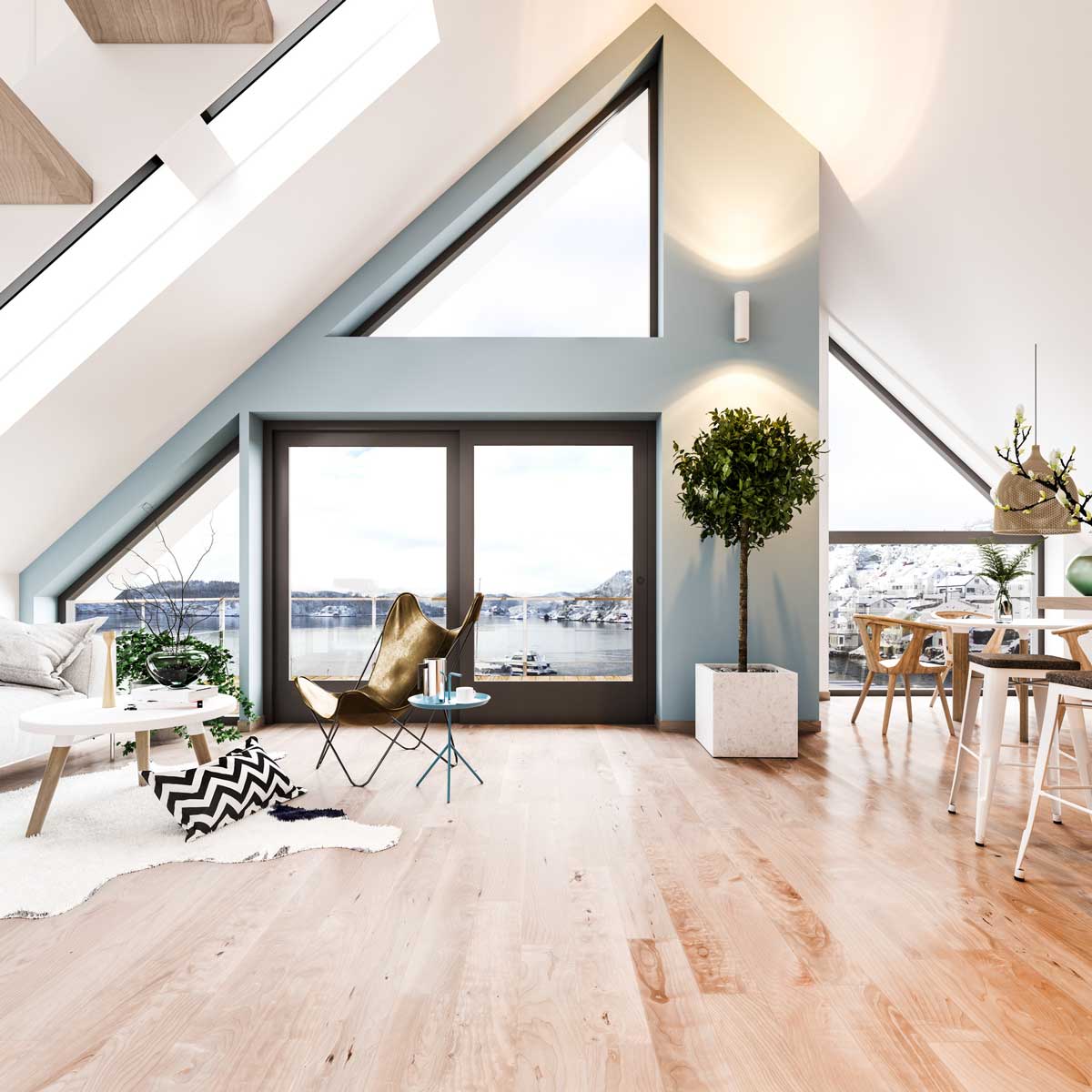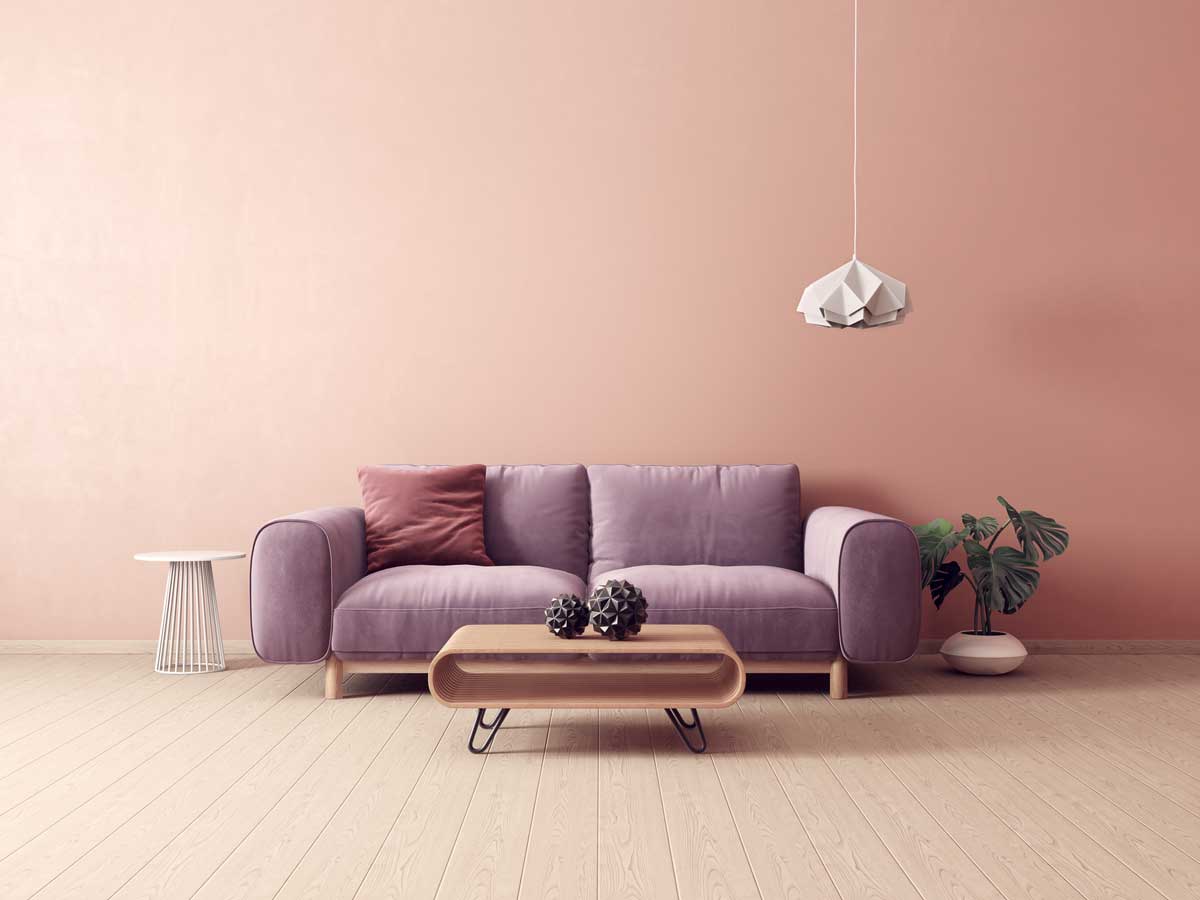Color Harmonies
COORDINATING THE COLOR SCHEME WITH HARMONIES!
Color has a specific value helping an interior designer to manipulate the inherent character of a space. Color also has an emotional and symbolic content. Rules about color have solid guidelines and can be followed like a recipe in order to achieve a specific goal. Most interior schemes fall into one of the following harmonized categories. Triadic and Tetradic are somewhat similar. Triadic are three colors situated in a triangle on the color wheel. Triadic colors are meant to be bold and vibrant. If the wheel was a clock the colors would be 12, 4, 8 .
Tetradic are four colors in a square on the color wheel and if the colors where the numbers on a clock they would be 12, 3, 6, 9. As in any palette you would choose a dominant color to create a sense of balance within the space. The dominate color is usually 60%. For more information about dominate color rules check out my blog titled, Color Palette Principles…60-30-10 Rule. One of the most popular and safer harmonized color palette is Monochromatic. In this type of scheme one color is used in a range from light to dark. A one color room may read as flat however when adding a range of values the space gains a sense of richness. It is really important to add lots of textured layering with this color scheme. Analogous palette refers to colors that sit directly next to each other on the color wheel: blue-violet, blue, blue-green for example. Analogous is inherently unified but needs a jolt from the other side of the color wheel. This color scheme is also most effective with a dominant color chosen. Complementary and split complementary both aim to have a strong contrast but the split complementary is less intense than complimentary.

Complimentary scheme pairs colors on the opposite side of the color wheel: red and green, blue and orange, yellow and violet, for example. Complimentary colors can be very harsh or jarring if two hues are used at full value. But when a red/green scheme is interrupted as burgundy plus hunter, or pale pink plus leaf green, then the room takes on depth and delight. The Split complementary scenario, one color is paired with two that sit across from it on the color wheel creating a three color combination. In split complimentary is rich and nuanced and one of the most interesting to live in. There are many variables that affect a color’s appearance as colors do not stand alone on the color wheel and understanding their interaction can be very difficult. It is always best to bring home a paint swatch before choosing. Test the effects of different lighting from day time to night time and different bulb lighting. It is a wise decision to see how it plays off the existing flooring and furnishings too.
Happy Color Harmonizing xo Tammy Robinson

